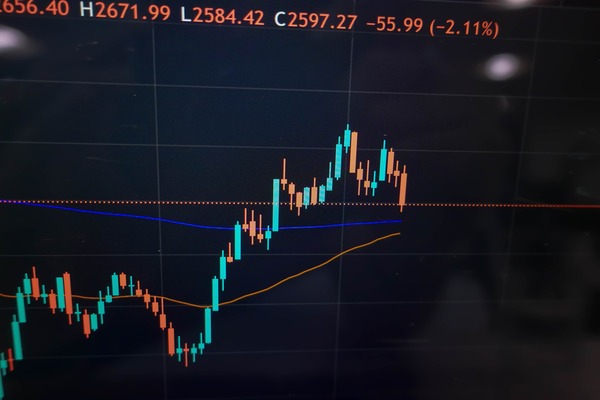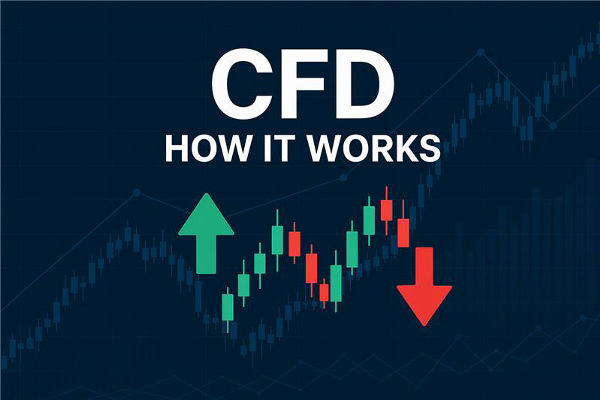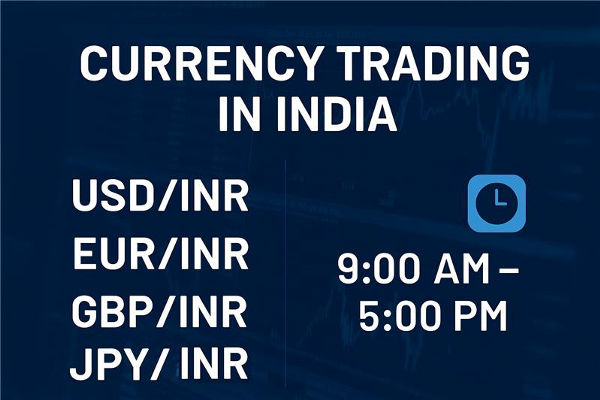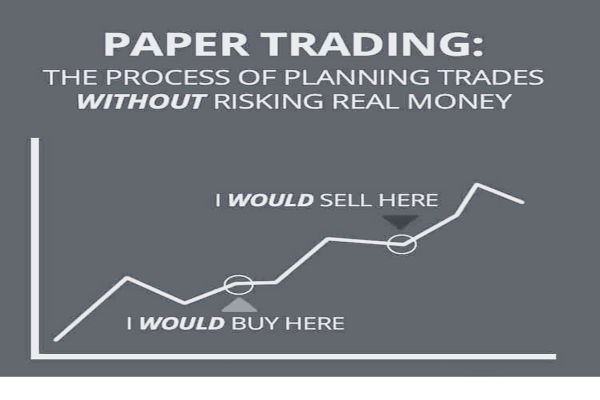Have you ever experienced the frustration of seeing the market move against your trade right after placing an order, forcing you out? Or maybe you've attempted to ride a trend only to exit prematurely as the market retraced? Then, you might have felt like the market was manipulated!
Why does this happen? It's often because your stop loss is set at a level commonly targeted by others, making you vulnerable to being stopped out. But there's no need to worry—things can change. In this article, we'll explore effective strategies for setting stop loss orders to minimize risk, maximize profits, and avoid premature exits.

Setting a Stop Loss is the Best Trading Tool
When the market is unfavorable for you, stop-loss orders can compel you to withdraw from trading.
For example, if you buy Apple stock for $100 and place a stop-loss order at $90. This means that if the trading price of Apple stock drops to $90, your position will automatically be closed your position and allowing you to exit the trade, limiting the loss to $10 (assuming there is slippage).Moreover, the advantages of using a stop loss also include:
1. Preventing warehouse explosion
2. Limit losses
3. Surviving in the cruel financial market
Stop loss order is a risk management tool, which is used to protect investors' positions when the market price fluctuates, and automatically execute trading operations when the set stop loss price is reached.
The following are the steps to set a stop loss order:
1. Determine the stop loss position: The stop loss position is determined based on factors such as market conditions and investment plans. Usually, the stop loss point should be slightly lower than the buying price or slightly higher than the selling price.
2. Select stop loss order type: Stop loss orders are divided into two types: market price stop loss orders and limit price stop loss orders. Market stop loss order means that when the market price reaches the stop loss point, the position is closed at the best available price; A price limit stop loss order refers to closing the position at the specified price when the market price reaches the stop loss point. Choose the appropriate type of stop loss order based on personal preferences and market conditions.
3. Set the validity period of stop loss orders: Stop loss orders can have a validity period set, which will be automatically revoked after the validity period is exceeded. Investors need to reasonably set the validity period of stop loss orders based on market conditions and investment plans.
4. Consider transaction costs and sliding points: When setting stop loss orders, it is necessary to consider factors such as transaction costs and market sliding points to avoid frequent stops caused by overly tight stop loss positions.
5. Monitor market trends and make timely adjustments: When the market fluctuates, it is necessary to follow up on market trends in a timely manner and make appropriate adjustments according to the situation to avoid setting stop loss points too rigidly.
In short, setting stop loss orders requires flexible adjustments based on personal and market conditions, while strictly implementing risk control strategies to protect investors' positions.
【 EBC Platform Risk Reminder and Disclaimer 】: There are risks in the market, and investment needs to be cautious. This article does not constitute investment advice.



























